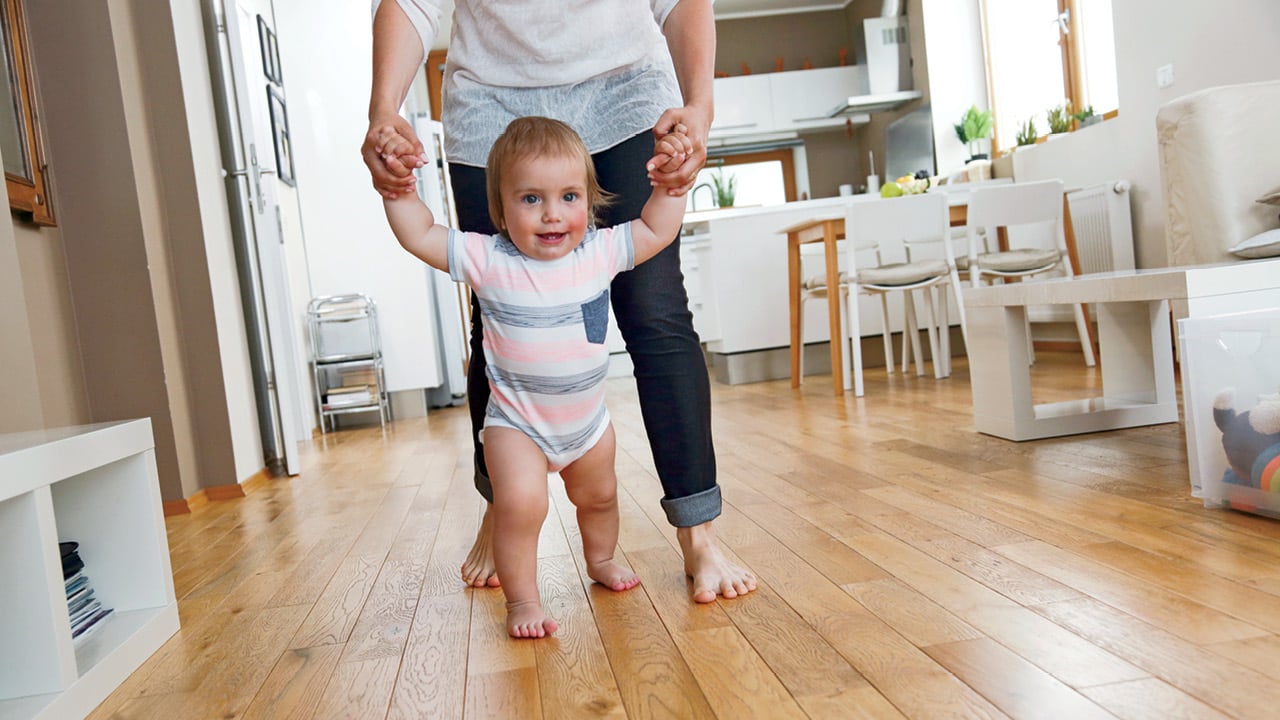When I was a kid, we went to McDonald’s as a special treat or as part of a birthday party. We took turns taking pictures next to the life-sized statue of Ronald McDonald and waited weeks to get the grainy, out-of-focus photos back from Kodak.
Ok, Boomer.
Fast food and eating out were not routine for my family, neighbors, or friends. Surely that is because there were so few options back in the day and it simply was not how Americans got their meals circa 1975. According to Business Insider, the average American now consumes more than 3,600 calories a day, a 24% increase from 1961 when the average caloric intake was 2,880 calories. We are clearly eating more calories and facing rising obesity nationwide as a result.

I hate how often my sons eat out
I think this is why it chafes me so much to watch my children rely on eating out so often. The proliferation of delivery services, food apps, and quick options has spawned what I have coined an “ordemic.”
In other words, an alarming phenomenon of constantly ordering food.
I decided to wage war on this “ordemic” by working with my teens and young adults to see the waste of money and extra portions and the health ramifications and give them viable options. Yes, I know they are old enough to make these choices, and the natural consequence of running out of money is beneficial, but I chose to view this as a life skill area and intervene.
My goal was to prepare them for moving out of my house and away from the dining hall and college conveniences.
Eight tips to help your teens move away from ordering in
1. Encourage leftovers
Teens need to get used to eating leftovers — yours, theirs, grandma’s, restaurant meals, whatever. I ensured they knew how to warm up or prepare bits so they were palatable the next day. If I feel particularly generous, I will put the extras away in portion-sized containers to meet that objection before it arises.
2. Let them cook
Most of my kids’ recipes come from TikTok, and my kitchen takes a severe hit, but I never say no to their request to prepare a meal. I work with them on shopping and picking things they can make easily in an air fryer or one pan. Making a meal in my fully equipped kitchen is one thing; I want them to be capable of replicating it when they are on their own with low supplies.
3. Arm them with realistic tools
Try to keep a list of easy-to-make meals for your young adults as they transition to college and first apartments. Basics like quesadillas, pasta, turkey melt, pizza bagels, and tacos are within their expertise without a recipe or an oven. Add in frozen options for the air fryer or microwave; they can survive anywhere.
4. Check the bank account
Many young people don’t even know what a bank statement is. They have apps where they see a balance and Venmo to transfer among friends. All of this makes money fluid and hard to track. Once a quarter, we sit our kids down and have them open that app and watch as it reveals patterns the kids were unaware of. The total spent on food never ceases to amaze them. We have seen an improvement over time through this exercise.
5. Plan eating out
For most families, eating out all the time is not a viable option. It is not for our young people just starting out either. We encourage our boys to think about the week and where and when they will get the most bang for their buck in ordering in or going to a restaurant. For instance, my oldest packs his lunch every day but Thursday. That is the day he and his coworkers eat out. By not spending money during the week, he has more money on the weekends.
6. Speaking of weekends
It is unrealistic to think kids will not go out on weekends. However, weekends are a huge budget buster for teens and young adults. Food is very social but can be expensive. Encourage your teens to get separate checks when possible to control their contribution — but never skimp on the tip.
We suggest that they eat a little before going out, so they don’t need as much when they get there. Splitting meals is also wise because carrying around a doggie bag all night is not practical and will create waste when it gets forgotten at the second or third stop of the evening. Eat the complimentary bread or chips if they are available.
7. Health
I seriously applaud restaurants for at least trying to offer healthier options. However, nothing replaces home-cooked as far as nutrition and portion control. For instance, you can save fat and calories at home by making tacos or burrito bowls with ground turkey and low-fat cheese, staples in our house.
While processed foods are not an optimum choice, I would still prefer that my kids make home-cooked mac n’ cheese using low-fat milk and less butter over restaurant prepared.
8. Model behavior
It is hard to make your point if you’re not walking the walk. Our family eats most nights, tries not to waste food, and tries to get creative with meals. There are many nights I call a break and end up ordering something, but everyone deserves that occasionally.
Occasionally is the key word that we are trying to convey. Just like when we ventured out to McDonald’s or Roy Rogers back when dinosaurs roamed the earth, we want our kids to appreciate a break from cooking and the luxury of being able to afford eating out.
More Great Reading:
Why I Still Make My Teens’ Lunches? Because I Pack Them With Love

 PARENTING TIPS
PARENTING TIPS PREGNANCY
PREGNANCY BABY CARE
BABY CARE TODDLERS
TODDLERS TEENS
TEENS HEALTH CARE
HEALTH CARE ACTIVITIES & CRAFTS
ACTIVITIES & CRAFTS


